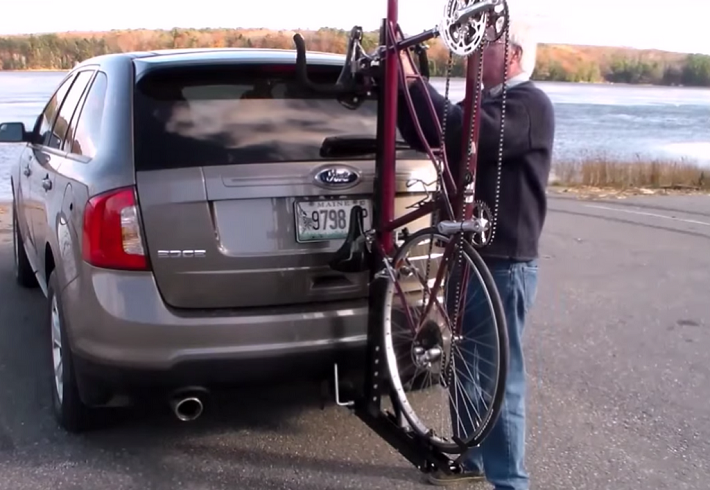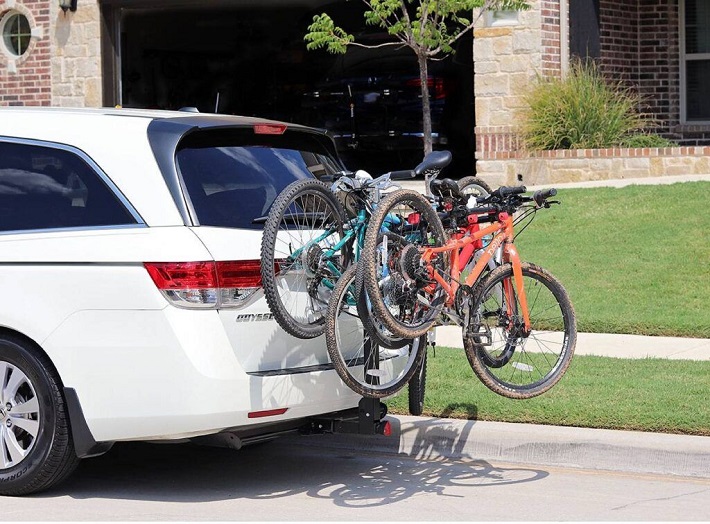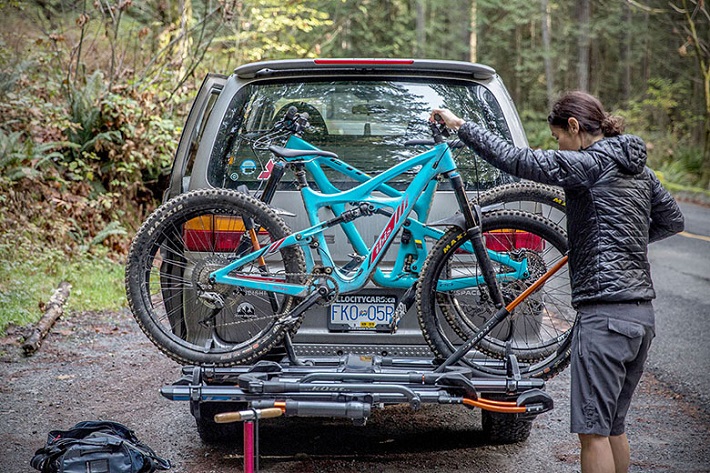Cycling’s an amazing activity. For a moment, though, let’s look beyond physical conditioning and ecological benefits. These are cycling’s main talking points, after all; but what is it exactly that motivates a person – whether they’re commuting to work, or on the starting leg of a 1000km tour – to take to 2 wheels, and, relying entirely on their own power, point it toward the horizon?
Let’s be honest: it’s difficult to say anything negative about an activity which, either as a profession or a pastime, lends itself so equally to both camaraderie and competition – or has the capacity to be as immensely social as it can also be profoundly solitary. Interestingly, however, is how most bike owners don’t consider themselves to be cyclists. They’re quite content with being regarded as regular people who enjoy the serenity of their own thoughts when riding a bike … or the privilege of leaving all their thoughts at the curb behind them.
That cycling triggers such a significant release of endorphins and other brain-enhancing chemicals like dopamine and serotonin generally seems to go unmentioned in most discussions – along with how, in many ways, the improvement in mental health goes even further than the physical and environmental benefits.
For lack of a better term, what cycling (or just plain riding) does is make you feel better … and when it comes to feeling good, few places on earth offer recreational cyclists the diversity that Australia does.
Knowing Your Bike Racks
For Australian cyclists, venues like the High Country Brewery Trail or historic Great Ocean Road offer up some of the most beautiful, mind-clearing scenery imaginable – and if you already have a bike, then you’re ahead of the game – but knowing the best way to transport it safely, legally and economically has to be part of your plan.
Regardless of whether you’re thinking about mounting a 1 bike hitch rack to the family sedan for a Barry Way weekend, or mounting a 6 bike roof rack on it and taking the whole family along for a month-long stay at Frenchman Bay, you want to make sure you have the right tool to transport your bike. Remember, a bike rack is a functional extension of your vehicle – not just a convenient accessory – and being familiar with all the different types upfront will work to your advantage.
- Hitch Racks – Designed to attach to your vehicle’s tow hitch, these racks are available with tray or mast mounts, and are reliable for securing bikes. They’re in a fixed location at the rear of the vehicle, however, and they can sometimes make getting into the boot or backing up a bit of a challenge.
- Roof Racks – Designed to attach to the roof of your vehicle using the factory roof rails, they can have either fork or upright mounts, and are extremely reliable for securing bikes. It’s not without a tradeoff, however, because of the extra bit of effort that’ll go into moving bikes on and off the roof.
- Trunk Racks – Designed to attach to your vehicle’s boot using a combination of adjustable straps and hooks to hold a limited number of bikes. They’re the most economical alternative – and they’ll do the job – but they’re also not as stable as a fixed rack and can damage a vehicle’s paint. They generally require additional hardware as well to protect your bike from being stolen.
- Truck and Ute Racks – Designed to attach bikes either using the tailgate or inside a truck bed. They’re the most economical alternative; and if you have a truck or a ute, there’s no better choice.
Knowing Which Rack is Right For You
Before you set off to buy a rack, it’s helpful to take an honest inventory of your transport criteria before committing to one type of rack over another. You’ll want to assess:
How Many Bikes do You Need to Transport?
Without a doubt, most riders are quite happy to disassemble their bike and squeeze it in with the passengers whenever possible. Unfortunately, it’s not always possible – nor is it especially practical if you have to transport the whole family’s bikes. Bike racks are only designed to carry a specific number of bikes and up to a maximum weight, so you only want to look at equipment that’s up to the job.
What Type of Vehicle’s Doing the Transporting?
You’ll want to establish early if you’ll be taking the 7-seater with the sliding door with you on your biking adventures or maybe the sporty little hatchback … and for good reason too. Assuming your vehicle has a proper hitch, you may find yourself having to remove all the bikes to get into the boot if necessary, so ask yourself early on if it’ll be worth the added effort.
How Will You Secure Your Bike Against Theft?
Some types and styles of racks are just plain more secure than others. You don’t want to find yourself with a piece of hardware that can’t reliably hold onto your bike – or hold the bike and itself onto the vehicle – so don’t be afraid to ask which one is prepared to keep the tightest grip on your property.
What’s Your Price Point?
Some things you simply don’t want to reduce to dollars and cents, but sometimes it’s unavoidable. Bike racks come with 2 costs: the purchase price, and the price you pay every time you use them… in fuel economy, that is. Mounting a roof rack on that 7-seater will give it all the aerodynamic grace of a very large brick – turned sideways – so you expect to visit the petrol station more frequently with some vehicle/rack combos than with others.
Keep in mind too that even if you’re only using 1 bike hitch rack, it should never block the view of your vehicle’s license plate – and that you may need to purchase an auxiliary license plate if it does. It’s certainly a matter you’ll want to clarify with whomever you purchase your bike rack from, as they’ll undoubtedly be familiar with it and any other regulations your state may have regarding bike racks.
It shouldn’t dampen your desire to embark on a cycling adventure, though. After all, cycling is still just about getting out in nature and enjoying the benefits cycling has to offer, whatever they are. Whether it’s going a little bit further, or a little bit faster than you have in the past – or only a “feel good” excursion along the coast – there’s something in it for everyone. Just get out there – be safe – and have a healthy adventure.






